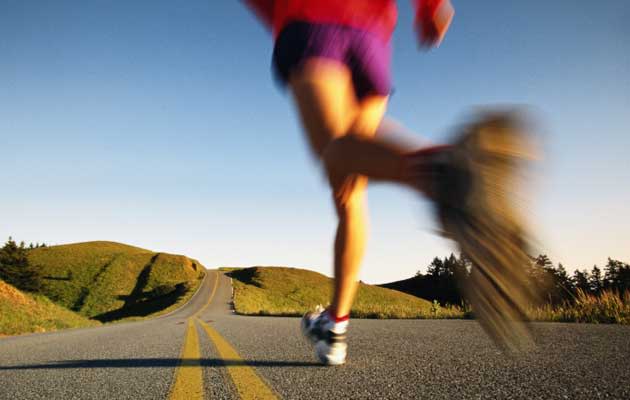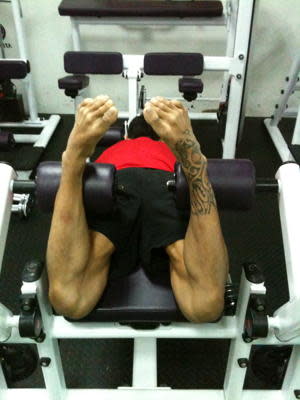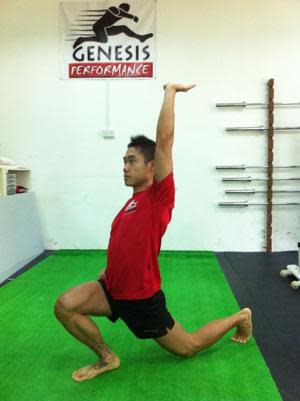How to protect your knees from injury (part 2)

In part one, we covered some of the exercises we use to help our clients have strong knees that stay pain and injury free. Now lets continue with another exercise that is often neglected and can help you stay injury free.
This exercise is called the hamstring curl. It uses a machine that is found in most decent gyms or fitness centers. Recently, fitness "fads" have looked down on the hamstring curl, calling it a non-functional exercise, as in "Who ever lies down and curls their heels to their buttocks?"
True, no normal person does that, but when you think about it, if individual muscles don't function well, how can your body be expected to perform well when these non-working muscles are asked to work together to perform a movement correctly?
Take the case of the hamstring curl, it does not simulate any "real life" movement, but having hamstrings that are strong, will help you keep your knees healthy. The reason, is that hamstrings help your body absorb force when you run, jump, stop or turn.
The hamstring muscles "wrap" around the knee joint keeping it stable.
In fact part of your hamstrings even insert into your meniscus to help stabilise it (some fibers of the semi-membranosus inserts into the medial meniscus). And most physical therapists would see meniscus tears as a common knee injury.
Long story short -- strong hamstrings are a requirement for strong knees.
Here is a picture of how a hamstring curl should be performed for maximum benefit.
Start Position
Start with the roller or ankle pad of the machine under your Achilles tendon (just below your calves).
Point your toes downward (like a ballerina).
You can vary your foot position to change the emphasis on different parts of your hamstrings. You can point them inward (as in the picture), straight, or outward (like a penguin). I suggest most people start with the toes pointing inwards as this is the weakest position for many clients and athletes. You can vary your foot position after a few weeks of doing them with toes inward.
Finish Position
Bring your heels all the way up till you "kick" yourself in the buttock.
Then lower the weight under control (about 4-5 seconds) to the starting position.
One of the main functions of the hamstring is to decelerate you, so you should train the lowering portion of the exercise in which you have to decelerate the load.
Note: Your calves may feel like cramping the first few times you do this. You will be tempted to point your toes up (toward your face). Don't do this. Instead, reduce the amount of resistance. When your calves feel like cramping, it is an indicator that you are too weak in the hamstrings, and your calves are trying to "help" but end up cramping instead.
Another thing you can do to improve you hamstring function is to stretch your hip flexors. Some of your hip flexors attach to your knee, so hip flexors that are of correct length will improve knee stability.
Many of us (myself in the past as well) have jobs that require us to sit down for extended periods of time. This leads to overly tight hips. Here is a stretch that can improve your hip flexor length and decrease your risk of knee issues.
Get into the position shown above by one of the coaches at my gym, Malcolm. Let your hips sink forward and down slowly.
i. Raise the arm on the side of your back leg
ii. Point that hand backwards
iii. Feel the stretch in the front of your back leg and hip
iv. Breathe out and relax for 15 seconds while you stretch
v. Alternate sides, repeat 4-5 times before training, or in between sets.
There we have it, add in the hip-flexor stretch before training and between exercises. And add in 4 sets of 10 reps of hamstring curls as the first or second exercise in your leg training. Remember to lower the weight under control, but bring it up fast.
There we have it, more tips to keep your knees strong, and to keep you running, jumping and moving pain free.
Coach Jonathan Wong is a Singapore personal trainer and health expert. He is also a fitness author and a member of Singapore Men's Health Advisory Panel.
For the best personal training and fitness boot camp program in Singapore visit www.coachjon.com





